Introduction
Step into a world where tradition dances with innovation, where centuries-old techniques embrace contemporary influences, and where artistic expression breaks free from its boundaries. Welcome to the mesmerizing realm of Japanese art prints, where the ethereal beauty of tradition intertwines with the vibrant pulse of modernity. In this article, we invite you to explore the captivating journey of these unique artworks as they push the limits of creativity and storytelling. From the rich history of Japanese art prints to their global impact, we will unravel the secrets behind their symbolism, delve into the innovative techniques employed, and ultimately, celebrate the remarkable beauty that emerges when tradition and modernity blend seamlessly together. It’s time to embark on a visual adventure that will leave you in awe and inspire a newfound appreciation for the breathtaking artistry of Japan.
A Brief History of Japanese Art Prints
In order to fully appreciate the captivating journey of Japanese art prints, it is essential to explore their rich history and understand the foundations upon which they were built. The art of Japanese printmaking, known as ukiyo-e, originated in the 17th century during the Edo period. Ukiyo-e, which translates to “pictures of the floating world,” initially portrayed the everyday life and popular culture of the urban classes in Japan.
The first wave of ukiyo-e prints featured subjects such as landscapes, actors, and courtesans, reflecting the fascination with the transient nature of life and the pursuit of pleasure that characterized the Edo period. These woodblock prints were created through a meticulous process involving multiple skilled artisans, including the artist, the carver, and the printer. The prints were mass-produced, making them accessible to a wide audience and revolutionizing the concept of art as a commodity.
During the Edo period, ukiyo-e prints also played a significant role in the development of Kabuki theater, serving as promotional materials and souvenirs for theater-goers. They were known as Yakusha-e and captured the vibrant energy and dramatic performances of the actors, showcasing the influence of popular culture on Japanese art.
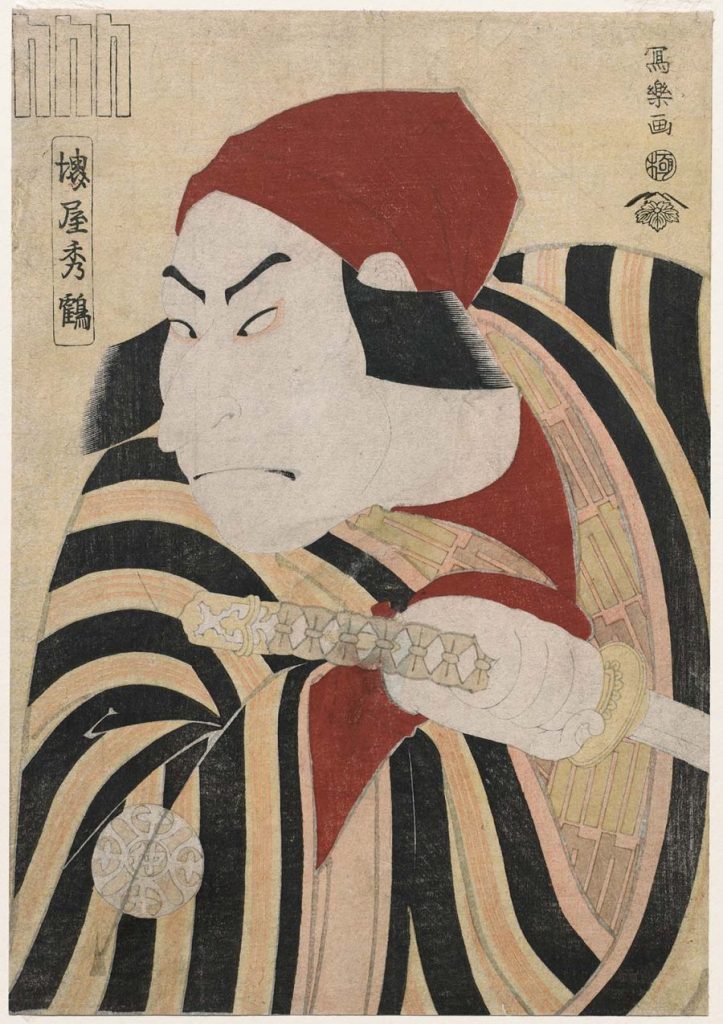
In the 19th century, ukiyo-e prints became highly sought after by European collectors, leading to a wave of Western appreciation for Japanese art. Artists such as Vincent van Gogh and Claude Monet were inspired by the vibrant colors, bold compositions, and unique perspectives found in Japanese prints. This influx of Western influence gradually transformed the traditional ukiyo-e style, paving the way for new artistic movements and experimentation.
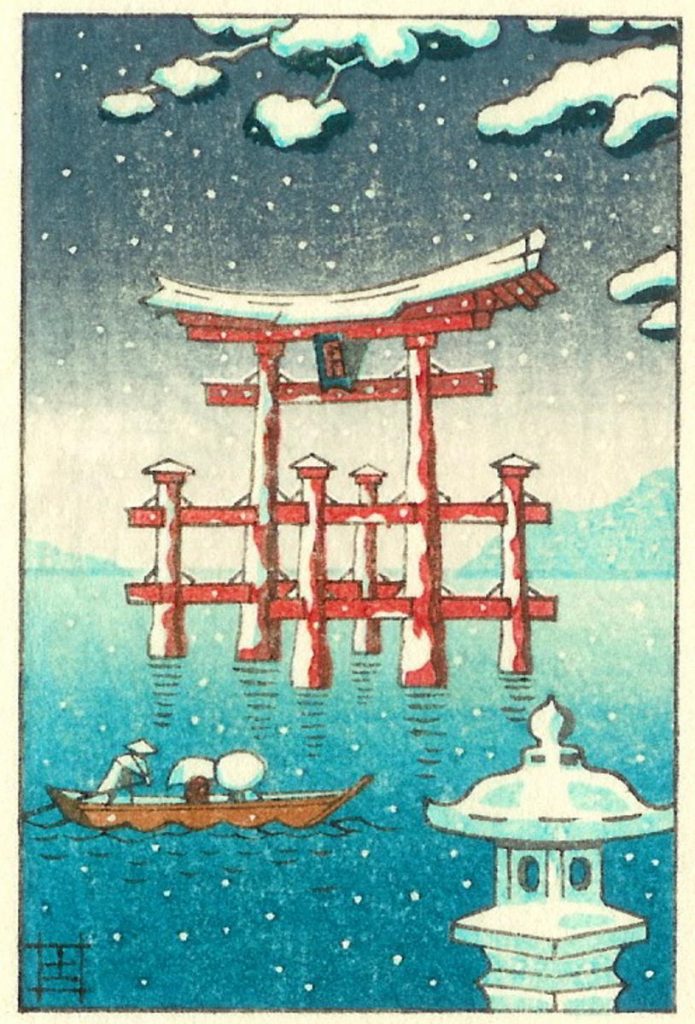
Torii gates also often appear as the subject of ukiyo-e art, also known as Japanese woodblock prints.
The Influence of Tradition in Contemporary Art Prints
As we delve deeper into the influence of tradition in contemporary art prints, it becomes clear that the centuries-old techniques and themes of ukiyo-e have stood the test of time. The innovative techniques employed in ukiyo-e prints, such as the use of multiple woodblock carvings and intricate printing processes, allowed artists to achieve stunning levels of detail and complexity. The printing technique known as bokashi, which involved gradations of color and shading, added depth and dimension to the prints. These techniques, honed over centuries, continue to be revered and admired by artists and art enthusiasts worldwide.
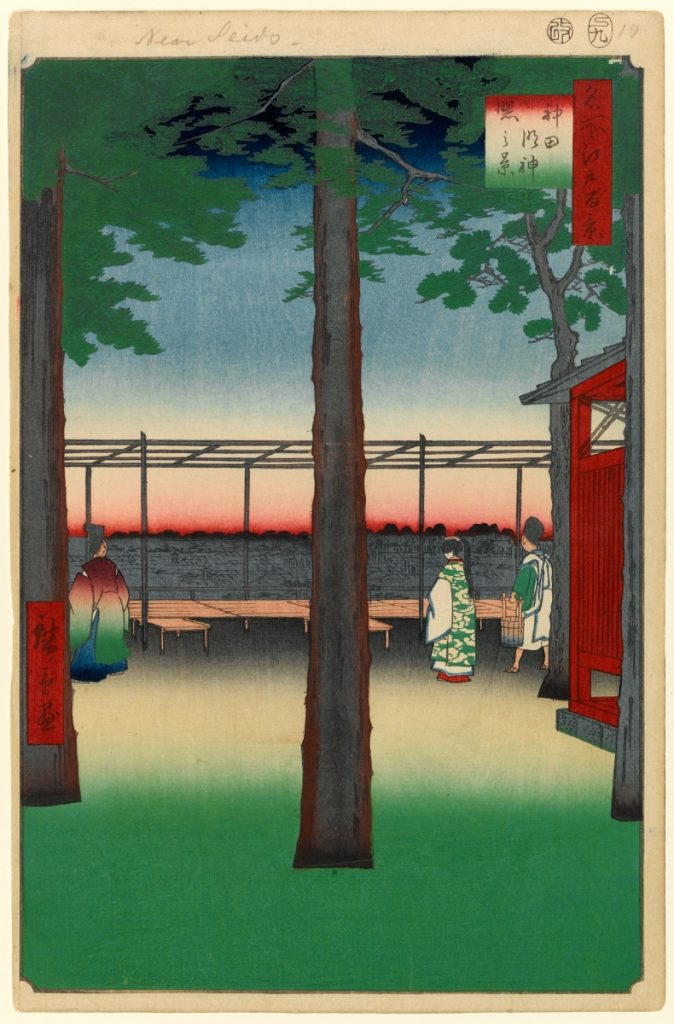
Today, artists continue to pay homage to the past while pushing the boundaries of creativity, merging traditional techniques with modern influences and subject matters. The influence of tradition in contemporary art prints is a testament to the lasting impact and relevance of ukiyo-e. By combining the age-old methods of woodblock carving and printing with contemporary art styles, artists are able to create works that bridge the gap between the old and the new.
Contemporary art prints often showcase a fusion of traditional Japanese themes and modern aesthetics. Artists draw inspiration from classical ukiyo-e subjects such as landscapes, nature, and daily life, but infuse them with their own unique vision and interpretation. The result is a captivating blend of tradition and modernity, where traditional techniques are used to present contemporary ideas and perspectives.
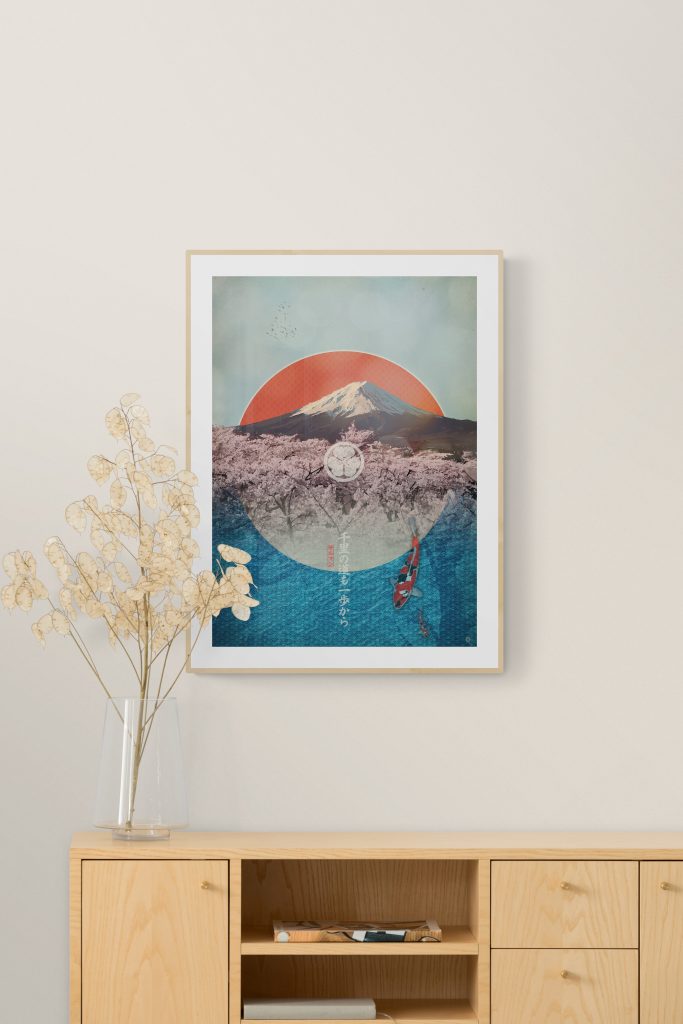
The enduring power and beauty of these remarkable artworks are a testament to the influence of tradition in contemporary art prints. By embracing the rich history and techniques of ukiyo-e, artists are able to create works that pay homage to the past while also pushing the boundaries of artistic expression. The next section will explore how these artists are exploring innovative techniques in Japanese prints, showcasing their ability to combine tradition and modernity in captivating and groundbreaking ways.
Exploring Innovative Techniques in Japanese Art Prints
Contemporary art prints in Japan go beyond the mere blending of traditional themes and modern aesthetics. In fact, artists delve into the realm of innovation, constantly pushing the boundaries of artistic expression. Drawing inspiration from classical ukiyo-e subjects like landscapes, nature, and daily life, these artists infuse their unique vision and interpretation, resulting in captivating and groundbreaking works that seamlessly combine tradition and modernity.
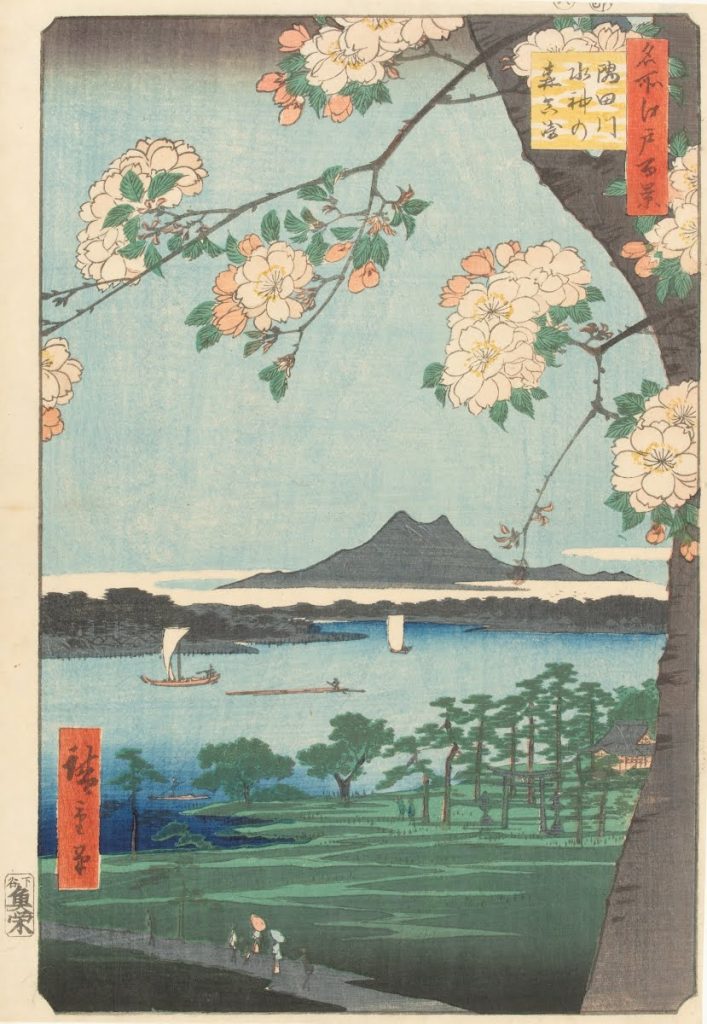
Through their exploration of innovative techniques, Japanese print artists showcase their ability to merge the rich history and techniques of ukiyo-e with contemporary ideas and perspectives. They skillfully employ traditional printmaking methods, such as woodblock carving and printing, while experimenting with new materials, tools, and approaches. This fusion of old and new allows for the creation of prints that pay homage to the past and simultaneously reflect the artist’s personal style and vision.
One such innovative technique is the integration of digital tools into the printmaking process. By utilizing computer software, artists can manipulate and enhance their images, creating intricate designs and complex compositions. This digital-physical hybrid approach results in prints that possess a unique visual language, combining the precision and versatility of digital technology with the tactile qualities and organic textures of traditional printmaking.
Additionally, artists are exploring unconventional materials to further expand the possibilities of Japanese printmaking. For instance, some experiment with metallic foils, glitter, or even unconventional objects to add dimension and texture to their prints. These unconventional materials introduce a modern twist to traditional techniques, resulting in prints that captivate the viewer with their innovative use of materials and unexpected visual elements.
Furthermore, artists are experimenting with unconventional printing techniques to push the boundaries of traditional Japanese printmaking. They may incorporate monoprinting, chine-collé, or other techniques to create unique effects and textures in their prints. These experimental approaches not only provide new avenues for artistic exploration but also inject a sense of contemporary playfulness and spontaneity into the traditionally meticulous process of printmaking.
In conclusion, the exploration of innovative techniques in Japanese prints showcases the limitless possibilities when tradition and modernity intersect. By combining traditional techniques with digital tools, unconventional materials, and experimental printing techniques, artists are able to create prints that captivate and challenge our perception of what is possible within the realm of printmaking. The next section will delve into the symbolism and meaning behind these remarkable artworks, shedding light on the deeper layers of interpretation that enrich these boundary-breaking prints.
The Symbolism and Meaning Behind the Art
The exploration of innovative techniques in Japanese prints not only showcases the limitless possibilities when tradition and modernity intersect but also delves into the deeper layers of interpretation that enrich these boundary-breaking artworks. These prints go beyond their aesthetic appeal and contain symbolic and meaningful elements that add depth to their visual narratives. By delving into the symbolism and meaning behind these remarkable artworks, we can gain a deeper understanding of the messages and emotions conveyed by the artists.
Symbolism plays a significant role in Japanese art prints, with each element carefully chosen to convey specific meanings. Traditional motifs like cherry blossoms, waves, and Mount Fuji often represent themes such as beauty, transience, and nature’s power. These symbols have been ingrained in Japanese culture for centuries, and their inclusion in prints adds a layer of cultural significance to the artwork.
Furthermore, the choice of colors in Japanese prints carries symbolic weight. Vibrant hues like red, symbolizing energy and passion, are often used to depict intense emotions or dramatic scenes. On the other hand, calm and subtle colors like blue or green may be employed to evoke a sense of tranquility or harmony. The deliberate use of color allows artists to evoke specific moods and enhance the overall impact of their prints.
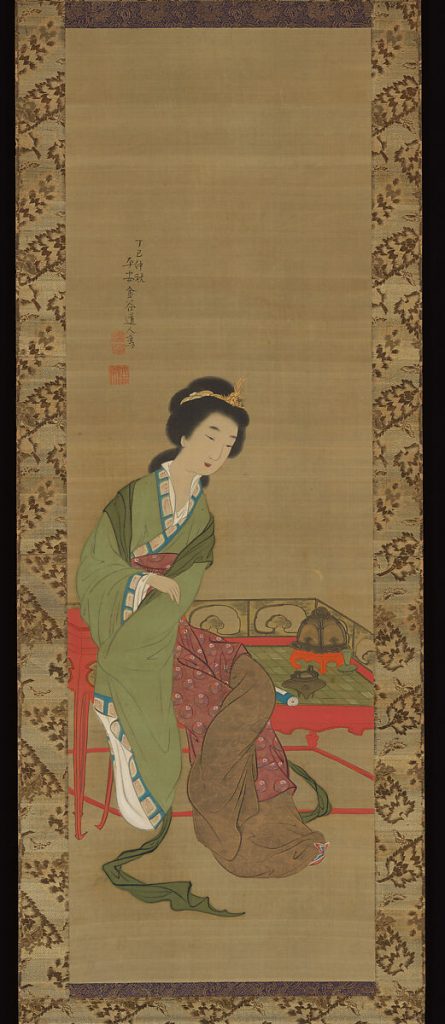
Shown on the right is Chinese Beauty (1797) by Yokoi Kinkoku 横井金谷 a Japanese Nanga artist from the Edo period.
Nanga was a school of Japanese painting among artists who considered themselves as intellectuals. Their work utilized either monochrome inks or scare light coloring, and almost always depicited Chinese subjects or landscapes, as is the case with this example.
In addition to visual symbols, Japanese art prints may also incorporate literary references or allusions to historical events. These references can provide a deeper context and allow viewers to interpret the artwork through a specific lens. By referencing famous works of literature or historical events, artists infuse their prints with additional layers of meaning that invite further exploration and contemplation.
By understanding the symbolism and meaning behind these prints, we can better appreciate the intricate narratives and the thought-provoking messages they convey. The next section will delve into how these prints embrace the beauty of tradition and modernity, further enriching our understanding of the captivating blend found in Japanese art prints.
Embracing the Beauty of Tradition and Modernity
By incorporating visual symbols, literary references, and allusions to historical events, Japanese art prints embrace the beauty of tradition and modernity in a captivating blend. These prints not only showcase the skill and mastery of the artists but also serve as a bridge between the past and the present, inviting viewers to delve deeper into their narratives.
The infusion of literary references in Japanese art prints adds a layer of complexity and depth to the artwork. By drawing upon famous works of literature, artists connect their prints to a broader cultural and intellectual context. These references allow viewers to interpret the prints through the lens of well-known stories or poems, enhancing their understanding and appreciation of the artwork.
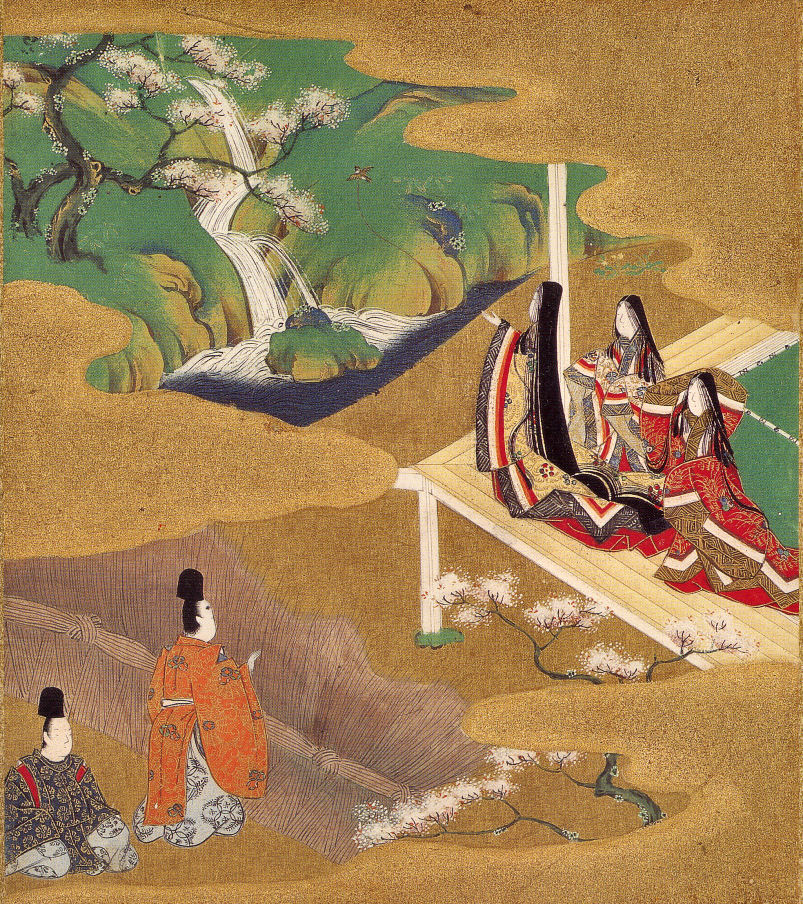
Similarly, allusions to historical events in Japanese art prints provide a rich backdrop against which the narratives can be understood. Whether referencing significant moments from Japan’s history or international events, these prints offer glimpses into the socio-political environment of the time. By incorporating elements from the past, artists create a dialogue between tradition and modernity, blending historical and contemporary themes.
Understanding the symbolism and meaning behind Japanese art prints allows us to fully appreciate the intricate narratives and thought-provoking messages they convey. The interplay between tradition and modernity becomes even more apparent as we explore the layers of significance embedded within the prints. Each visual symbol or literary reference adds depth and invites further contemplation, creating an immersive experience for the viewer.
By embracing the beauty of tradition and modernity, Japanese art prints transcend time and cultural boundaries. They capture the essence of a moment in history while simultaneously resonating with contemporary viewers. In the next section, we will explore how these prints have had a lasting global impact, captivating audiences around the world with their unique blend of tradition and modernity.
Appreciating the Global Impact of Japanese Art Prints
By embracing the beauty of tradition and modernity, Japanese art prints transcend time and cultural boundaries. They capture the essence of a moment in history while simultaneously resonating with contemporary viewers. The interplay between tradition and modernity becomes even more apparent when we consider the lasting global impact of these prints.
Japanese art prints have captivated audiences around the world with their unique blend of tradition and modernity. The delicate brushwork, vibrant colors, and intricate details of these prints have garnered admiration from art enthusiasts globally. The influence of Japanese art prints can be seen in various artistic movements and styles, transcending geographical borders and inspiring artists from different cultures.
During the country’s isolationist period, from the 17th to the mid-19th century, Japan had limited contact with the outside world. However, this isolation did not hinder the spread of Japanese art prints. These prints, particularly the ukiyo-e genre, found their way to Europe and America during the late 19th century. The exoticism and unique artistic style of these prints attracted Western collectors and artists, who were captivated by the narrative power and aesthetic appeal they possessed.
Renowned artists like Vincent van Gogh and Claude Monet were among those who avidly collected and drew inspiration from Japanese art prints. These prints influenced the development of Western art movements like Impressionism and Post-Impressionism, notably impacting the use of color, composition, and subject matter. The flattening of perspective and attention to everyday life that characterized Japanese art prints resonated with Western artists seeking to break away from the rigid conventions of academic art.
Beyond the realm of painting, the impact of Japanese art prints can also be felt in fields such as graphic design and illustration. The strong graphic qualities, bold colors, and stylized forms of these prints have influenced numerous artists and designers in their pursuit of visually striking and impactful creations. The fusion of tradition and modernity present in Japanese art prints continues to serve as a source of inspiration for contemporary artists, bridging cultural gaps and fostering cross-cultural exchange.
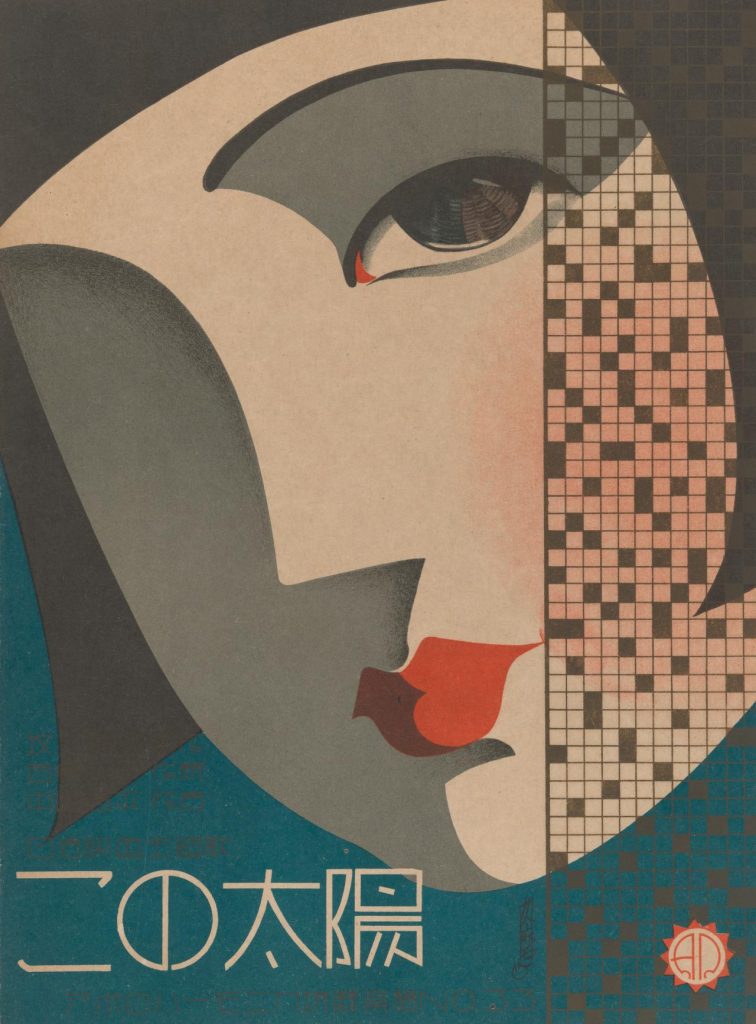
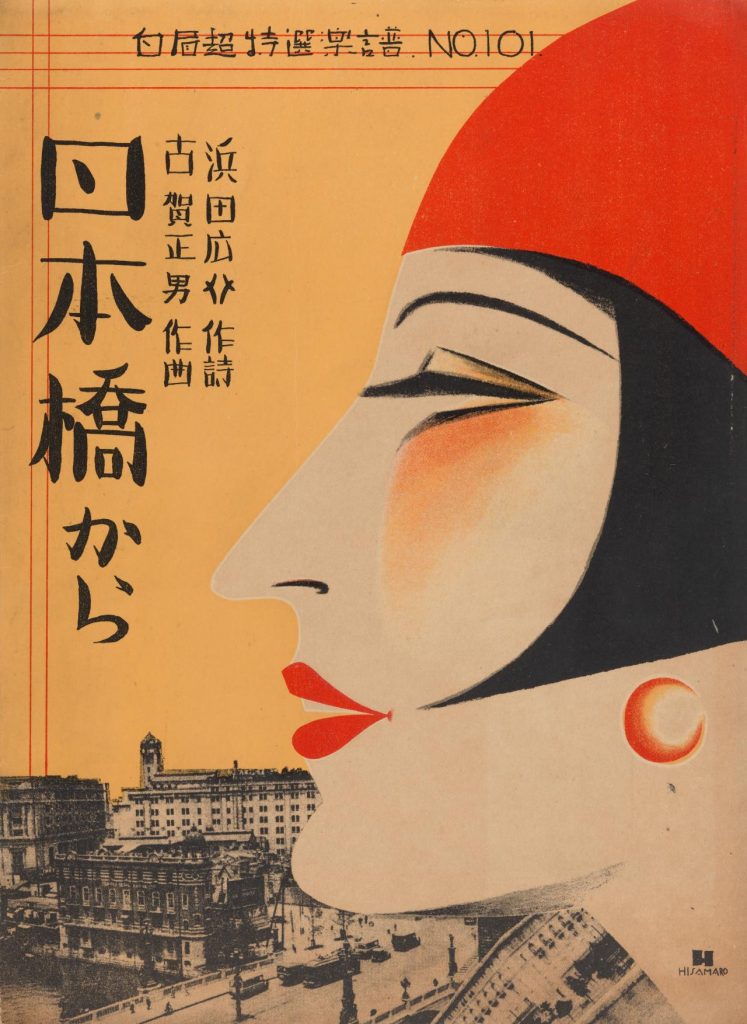
In conclusion, Japanese art prints have made a lasting global impact by transcending time, geographical boundaries, and artistic mediums. The interplay between tradition and modernity showcased in these prints has captivated audiences worldwide and continues to influence artists and art movements. By appreciating the global impact of Japanese art prints, we gain a deeper understanding of the rich cultural heritage they represent and the power they have to create connections between people across time and space.
Conclusion
In the mesmerizing world of Japanese art prints, tradition and modernity effortlessly merge, pushing the boundaries of artistic expression. From their rich history to the innovative techniques employed, these prints captivate viewers with their storytelling and symbolism. With each brushstroke and carving, a powerful narrative unfolds, inviting us to embrace the beauty of tradition and innovation.
Read Next:
- Foo Dogs in Japanese Art and Culture
- Did You Know Freddie Mercury was a Japanese Art Collector?
- From Sacred Entrances to Artistic Marvels: The Enchanting World of Torii Gates in Japan
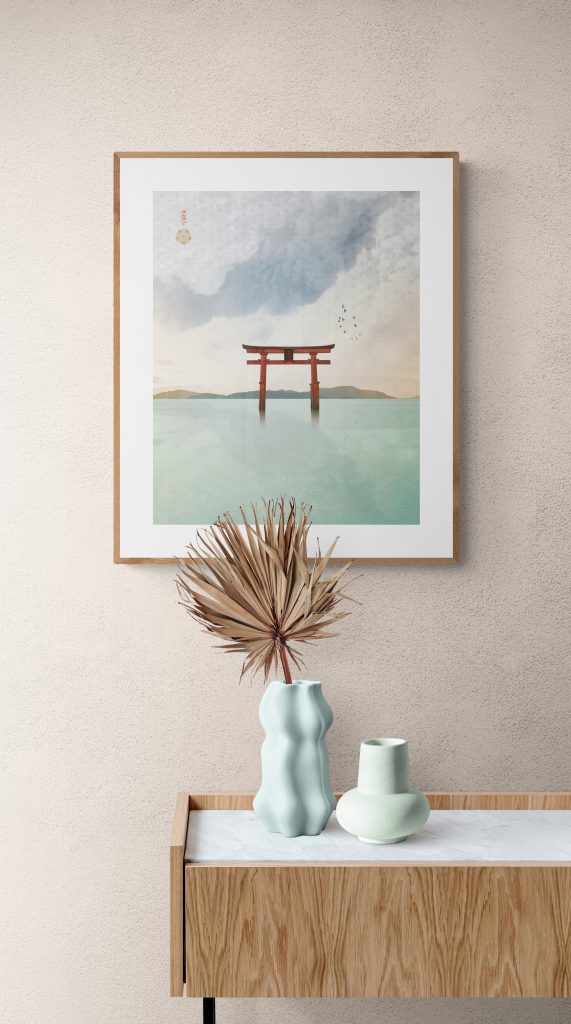
At the Art of Zen we have a wide selection of original Japanese style art prints in the ukiyo-e and Japandi style such as the Torii art print above and a collection of Japandi wall art. Add some zen to your space with some art from the Art of Zen shop.
Photo credit: the featured image at the top are two original Japanese wave art prints by The Art of Zen available on the online shop.
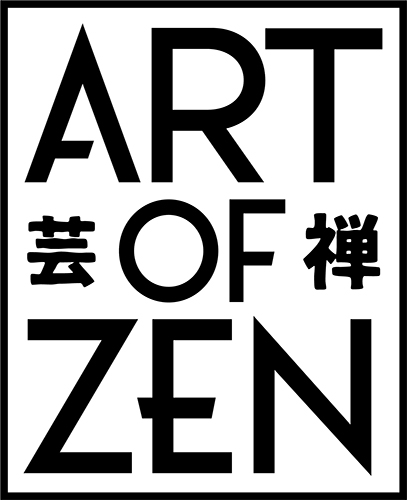
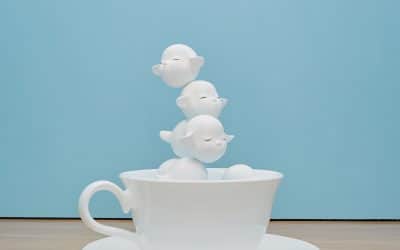
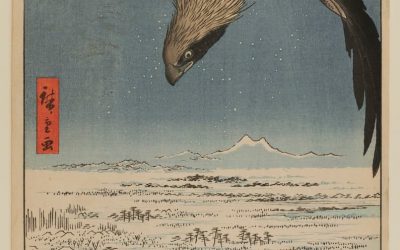
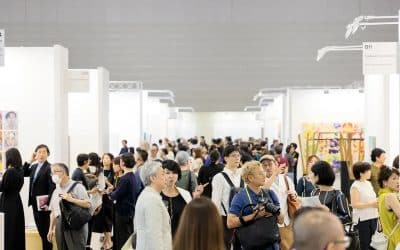
0 Comments